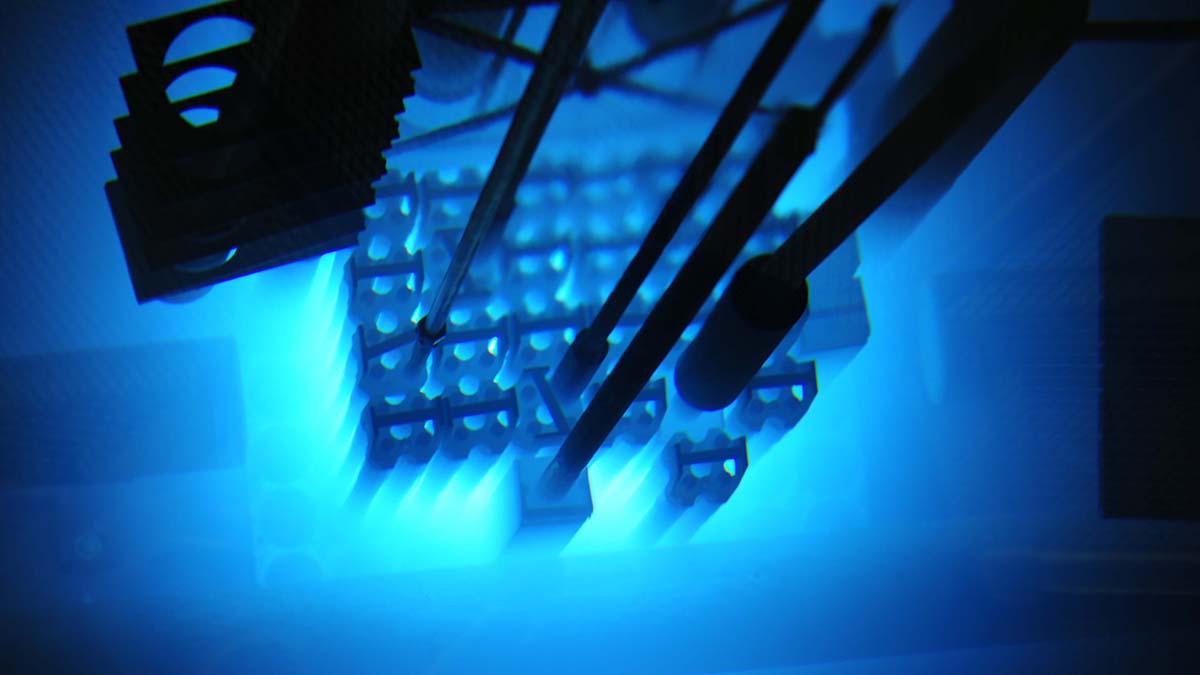Opinion
The Albanese government is fast losing the Australian public on nearly every issue. Notably, they’re proving yet again that while “climate action” might be a big deal for the chattering classes, it’s consistent electoral poison. “Climate action” has never won an election, but it has cost them.
Similarly, anti-nuclear activism is a foundational dogma for the green-left. But more and more Australians are vocally supporting the adoption of nuclear power in Australia. While, overall, a slim majority are in favour of nuclear, one very interesting demographic has much higher favourability for it.
Two thirds of younger Australians would back a proposal to replace retired coal-fired power plants with small modular nuclear reactors, signalling significant and growing community support for nuclear power as a future net-zero solution.
That contrasts with support of 55% overall. It also signals that the Coalition has hit on a key point of difference with Labor and the Greens that resonates with younger voters.
The Coalition is yet to confirm its energy policy but it is widely expected to include a network of several small modular reactors (SMRs) as a firming source of power for renewables once the country transitions away from gas and coal.
This would require overturning the 1998 ban on nuclear power and banking on SMR technology that is not expected to be deliverable until the mid-2030s. Labor has firmly ruled out nuclear as an option, focusing instead on a renewable and battery dominated energy system.
Which means that Labor is focused on a hyper-expensive (both financially and environmentally) option, which is a mix of failed old and bluest-of-skies tech, also not expected to deliver until the mid-2030s — if ever.
The special Newspoll survey of 1245 voters across the country, conducted from February 19-23, shows strong community support for nuclear power, with a majority across all age groups backing SMRs.
Ominously for the green-left parties, their own voters are strongly at odds with those parties’ policies.
More than half of Labor voters, 51 per cent, and 53 per cent of Greens voters also backed the proposal when asked if they would support building SMRs.
The poll showed that while 55 per cent of all voters supported the proposal, 31 per cent were opposed. Support was strongest among Coalition voters at 71 per cent, with 20 per cent opposed. A total of 14 per cent of voters said they didn’t know.
There was also a significant gender gap in support, with 70 per cent of male voters in support but only 41 per cent of female voters. Yet the number of women voters in support was still higher than those opposed at 38 per cent.
Among 35 to 49-year-olds, 50 per cent approved and 34 per cent were opposed.
The findings were similar within the 50 to 64-year-old demographic, with a 50-35 per cent split – the majority in favour.
Support rose again among those aged over 65, with 56 per cent in favour and 32 per cent saying they disapproved.
There appears to be little difference in support between city and country. The strong difference between support and opposition (up to double) also indicates that there is a huge pool of undecided voters. The question, then, is which way they will fall.
Labor argues that the cost of nuclear power is prohibitive, and that the cheapest forms of power will be wind and solar.
But the Coalition has countered that the cost of Labor’s plans is driving up power prices and risking the reliability of the network amid growing community opposition to offshore wind and transmission lines required to connect renewable precincts to the grid.
The Coalition, then, is banking on a proven technology which provides 24/7 baseload power, which further means that the gargantuan transmission and storage build needed for “renewables” is no longer needed. Labor is banking everything on an “I Just Reckon”.
But Labor does have the grifters and cronies on its sides.
Mining magnate Andrew Forrest will on Monday use a National Press Club address to rally support for renewable energy in a speech expected to be strongly critical of nuclear power.
Because it’s not as if he doesn’t have a vested interest in the “renewables” scam.
The executive chairman of Fortescue, who has signed off on a $1bn-plus investment in green hydrogen projects, said: “People in the bush will suffer because of the misinformation being plucked out of thin air to create division – whether it’s pushing expensive nuclear energy, or labelling wind farms industrial wastelands.
“And if you don’t like the look of a wind tower, try a nuclear power plant next door.”
The Australian
You mean, like the nuclear reactor in suburban Sydney, which has been quietly and safely operating since 1958?

And country people may well prefer an energy generation technology which won’t take up more land than an existing coal plant, unlike the vast fields of glass, aluminium, and bird-chomping whirling blades o’ death needed for wind and solar. Indeed, as the Coalition points out, building SMRS on the sites of shuttered coal plants will remove the need to spend hundreds of billions and bulldoze acres of forest and farms to put in new transmission lines.

